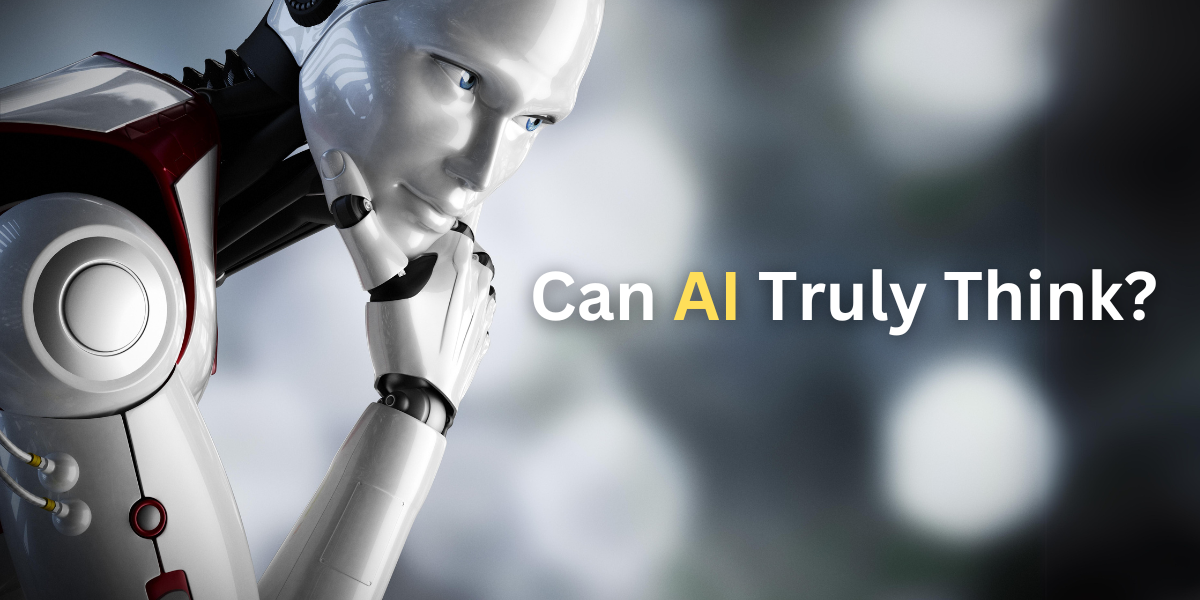The question of whether artificial intelligence (AI) can truly think has become a hot topic in technological and philosophical discussions. As AI systems become more sophisticated, showcasing abilities that mimic human-like behavior—such as generating text, recognizing images, or even composing music—many are left pondering: Can machines genuinely think, or are they merely mimicking human processes? This article delves into the nature of AI, its capabilities, and the truth behind the hype.
Understanding AI: More Than Just a Buzzword
Artificial intelligence is the simulation of human intelligence in machines programmed to think and learn like humans. AI encompasses a variety of technologies, including machine learning, natural language processing, and neural networks. These systems analyze data, identify patterns, and make decisions based on algorithms. However, while they can perform complex tasks, the core question remains: do they possess proper understanding or consciousness?
The Illusion of Thinking
At first glance, AI systems, especially those powered by deep learning, can exhibit behaviors that indicate thinking. For instance, language models like ChatGPT can generate coherent and contextually relevant responses, creating an illusion of understanding. However, these systems do not think in the same way humans do. They operate based on patterns learned from vast datasets without any genuine comprehension of the content they produce.
For example, when an AI generates a poem or a story, it analyzes the structures and themes present in the training data rather than understanding emotions or the human experience. While AI can produce creative content, it lacks the intrinsic ability to feel or empathize, essential components of human thought.
The Turing Test: A Measure of Intelligence?
The Turing Test, proposed by mathematician and computer scientist Alan Turing in 1950, is often cited as a benchmark for determining whether a machine can think. The test assesses a machine’s ability to exhibit intelligent behavior indistinguishable from a human’s. While some AI systems can pass specific iterations of the Turing Test, this does not imply they possess accurate intelligence or consciousness. Instead, they can convincingly simulate conversation and behavior.
Passing the Turing Test may indicate a machine’s ability to mimic human interaction but does not equate to actual understanding or cognitive capability. AI’s responses are generated based on learned algorithms, not conscious thought.
Limitations of AI Thinking
One of AI’s fundamental limitations is its dependency on data. AI systems require vast amounts of high-quality data to learn and make informed decisions. They cannot autonomously generate new knowledge or concepts without human input. Moreover, AI’s decision-making processes are often opaque, leading to concerns about accountability and bias.
Additionally, AI lacks common-sense reasoning, a critical aspect of human thought. While it can analyze data and produce results, it does not possess the contextual awareness or experiential knowledge that humans use when making decisions.
The Future of AI: Augmentation, Not Replacement
The ongoing advancements in AI technology will continue to blur the lines between human and machine capabilities. However, it’s essential to understand that AI is designed to augment human intelligence rather than replace it. The goal is not to create machines that think like humans but to develop tools that enhance our abilities and help us tackle complex problems more efficiently.
Conclusion
In summary, while AI can perform tasks that mimic human behavior and generate seemingly intelligent responses, it does not possess true thinking or consciousness. The hype surrounding AI often overlooks these fundamental distinctions, leading to misconceptions about its capabilities. As we continue to explore the potential of AI, it is crucial to recognize its limitations and the unique qualities that define human thought. The relationship between humans and AI should focus on collaboration, leveraging technology to enhance our understanding and problem-solving abilities without losing sight of what it means to be truly human.





